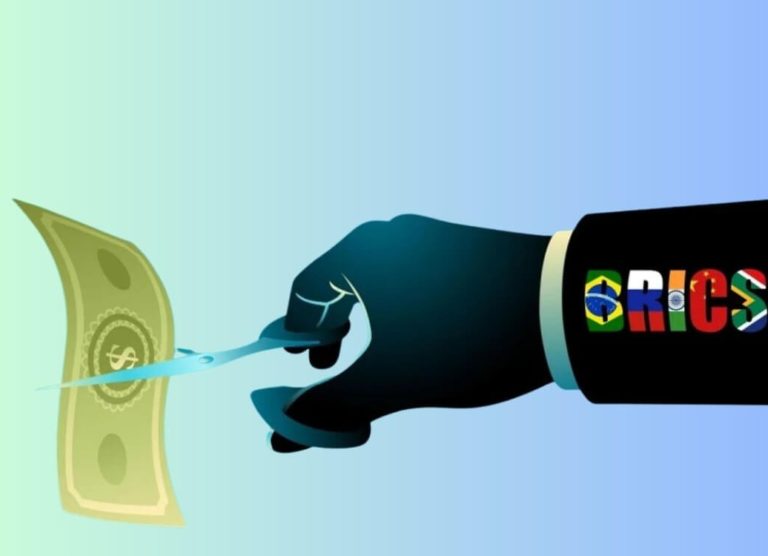BRICS: Is China hoarding gold to topple the US dollar?

Against a backdrop of rapid change in the financial world, China’s actions regarding its gold reserves are raising many questions. The People’s Bank of China continues to increase its gold reserves for the tenth consecutive month, sending a powerful message to the global financial community. But what are the implications of this move?
The global economic environment is in turmoil, with the US dollar’s position as the world’s main reserve currency increasingly being called into question. For example, India is now exploring the internationalisation of its currency, the rupee, in response to the disruption caused by US sanctions against Russia. The Reserve Bank of India is even considering integrating its payment systems with other nations and opening rupee accounts for non-residents.
As far as China is concerned, its decision to increase its gold reserves while reducing its holdings of US Treasuries is highly significant. This move appears to reflect China’s intention to reduce the dollar’s predominant influence in world trade. It is part of a general trend towards de-dollarisation, where the dominance of the dollar is being challenged. Countries such as Russia and Iran, faced with US sanctions, have already begun to reduce their dependence on the greenback.
The BRICS, as a group, are even considering the possibility of introducing a common currency to challenge the dollar, which could potentially upset the global economic balance. In addition, a report by the World Gold Council revealed that 62% of central banks plan to increase the proportion of gold in their reserves over the next few years.
China’s accumulation of gold and the internationalisation of the Indian rupee are just two examples that point to a possible change of direction in the global economy. Although the dollar currently remains the world’s main reserve currency, its position may be less indisputable in the future.






